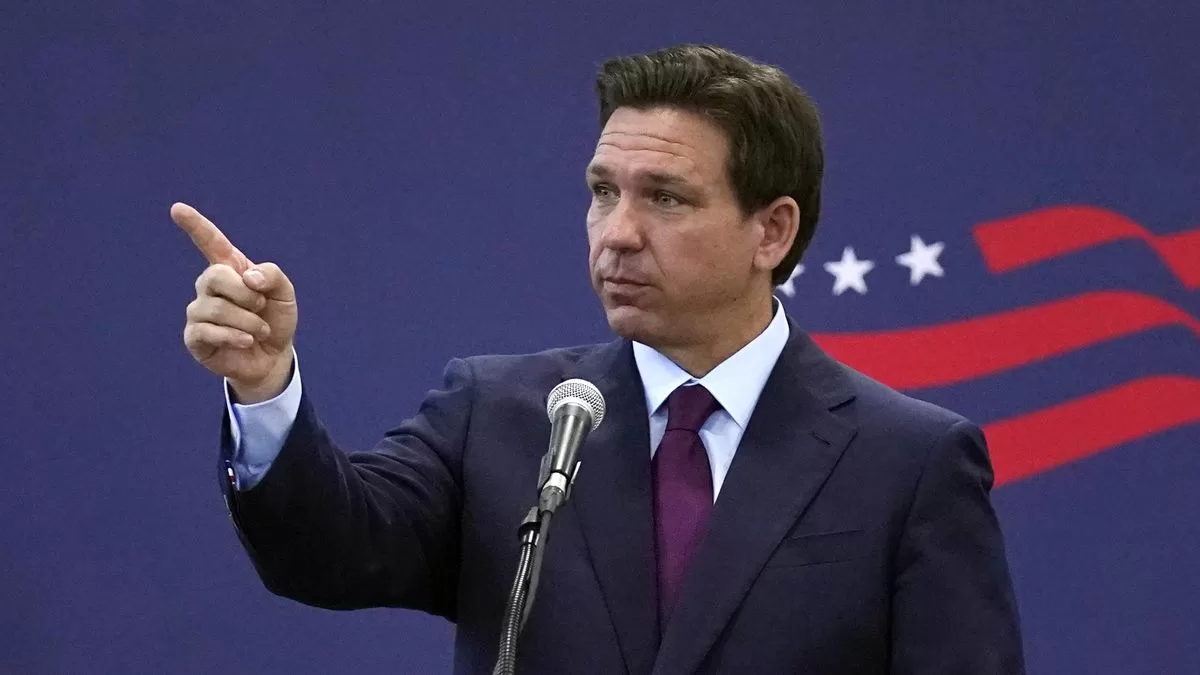The wages increased a 6.7% in November and thus remained above inflation for that month, which was 4.9%INDEC reported on Tuesday. In the last twelve months, the variation in workers’ income was 85.5%which implied that they were slightly above the general price rise, which was in that period of 85.3 percent.
Consumption: supermarket sales recovered during November
They achieved a monthly improvement of 1.7%. Wholesale businesses grew 5.8% compared to October. How much did they bill and what did they sell the most?
According to the report published by the statistical agency, in the differentiation between wages in the sector privatethe public and the employees informal there were different realities, with this last segment of the labor market with figures well below the inflation figures, which marks the level of income deterioration.
According to the disaggregated analysis made by INDEC, in November the salaries of private registered workers improved 7.3%, so they were almost 2 and a half points above the price increase for that month. Public employees, for their part, had an increase of 5.7%, so they were also above the CPI. Even the unregistered had a 6.4% rise, more than inflation.
The price of meat rises again and puts strong pressure on food inflation
In the Government they recognize that the data for the month “does not bring good news”. The stability in the livestock market was broken in January and increases of up to 18% were recorded during the week due to the lower supply of cattle. It will impact the CPI for this month and also for February
In any case, when looking at the broader panorama in the last twelve months, the distances are clear. The registered private had a variation of their salary of 88%, more than 2.5 points over the CPI. The public, for their part, had a 87.5% of advance of their remunerations, also above the inflationary rhythm. But the informal workers barely saw their wages increase a 74.1%that is to say eleven points below of inflation.
In recent days, the Ministry of Labor published the December number of the Average Taxable Remuneration of Stable Workers (Ripte) index. The Ripte contemplates the average remuneration subject to contributions to the Argentine Integrated Pension System (SIPA) received by workers under dependency relationship and declared continuously during the last 13 months. That is, private salaried employees. It is, in any case, a less extensive sample than the INDEC index.
Bricks further and further from the pockets: 157 full salaries are needed to build a house of 100 square meters
Taking the national average salary as a reference, a person should work between twelve and thirteen years and save all their income, without allocating a single peso to other expenses, to pay for a house of that size. For those who saved in dollars, the equation is different
In December, the Ripte had a rise of 5.4%, a few tenths above that month’s inflation, which was 5 percent. Thus, according to estimates of louis fieldsObservatory of Social Law of the Autonomous CTA, throughout 2022 the real salary fell 2.8 percent. Since the government of Alberto FernandezIn addition, Campos estimated, the purchasing power of remunerations according to the Ripte index decreased 2.1 percent.
“If we take the annual average, the real salary of registered workers accumulates five straight years of setback (and six of the last seven). During the management of the Frente de Todos, the speed of the fall slowed, but the slope continued to be negative every year,” Campos mentioned.
Some data shows that wages that are protected by parity negotiations were able to somehow overcome the record inflation in three decades that was registered in 2022, and thus highlights the contrast with informal workers.
nine out of ten conventions paritarios achieved improvements in the real salary of their represented workers between September and December 2022, according to a survey released by the Center for Economic and Social Studies Scalabrini Ortiz (CESO).
These six unions were those of Hotel and Gastronomy workers (+15.9% real), those of Short and Medium Distance Transport (+10.9%), Commerce employees (+6.1%), workers Construction (+2.6%) and Health (1.6%), while the Guaranteed National Minimum Teacher Salary also registered a real year-on-year increase of 1.2%.
The study center added that other unions with real wage losses compared to inflation in 2022 were Food (-4.8%), Banking (-3.2%) and Metallurgical (-1.7%), to which the rebound in the last stretch of the year was not enough to compensate for what was lost in the first eight months.
News in development


